These stovetop Gochujang Potatoes combine the earthy richness of potatoes with the spicy, umami kick of gochujang, creating a dish that's both comforting and exciting. The perfect spicy potato side dish for any meal, it's not only easy to prepare but also bursting with flavor!
If you enjoy recipes with gochujang, check out my easy gochujang eggs or my gochujang pasta.
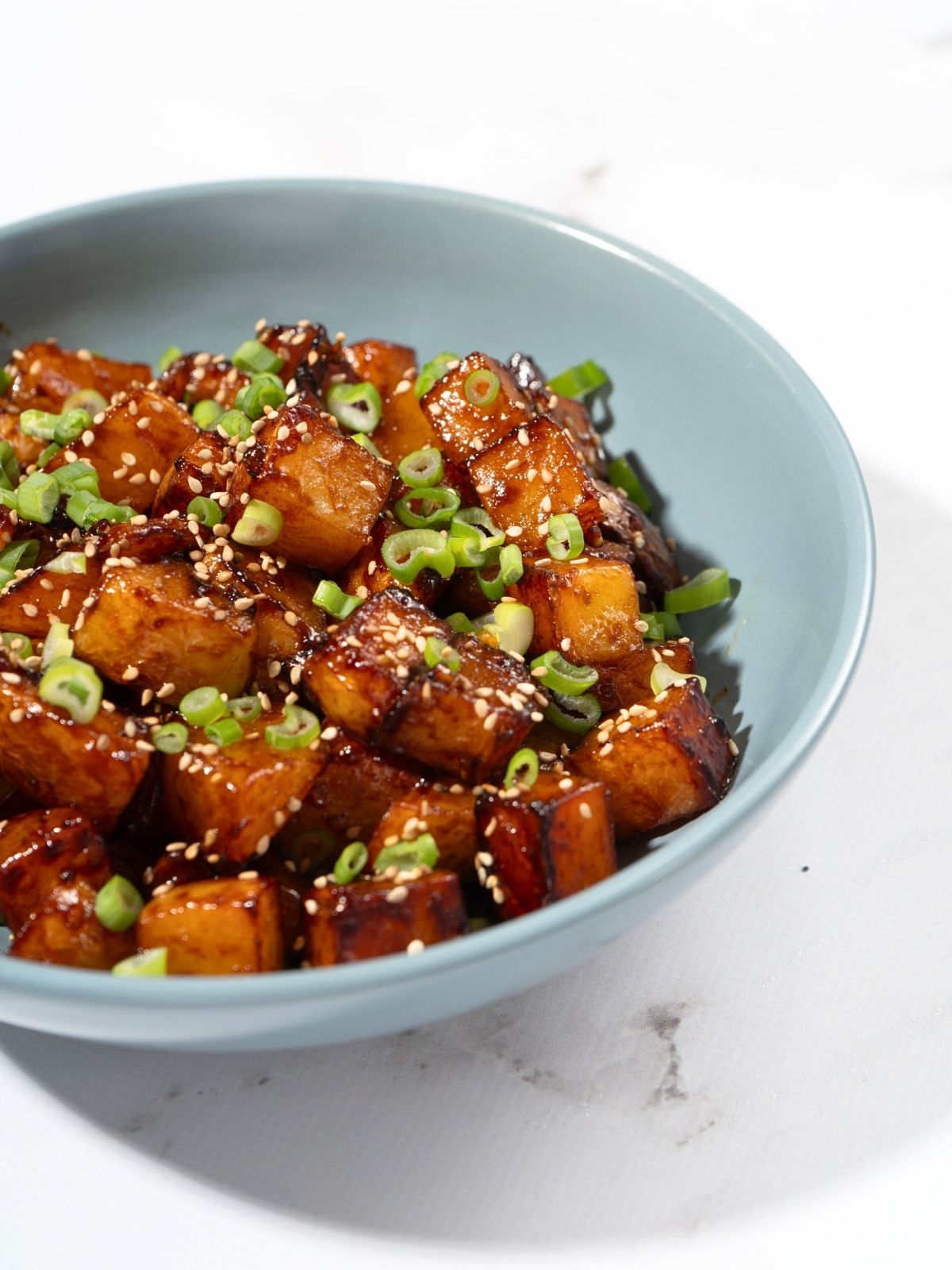
Jump to:
✔️ Why This Recipe is Great
Easy to Cook: this gochujang gamja recipe requires only a stovetop, making it perfect for those without access to an oven or those short on time, like I was when I lived in Korea.
Versatile Recipe: these gochujang potatoes can be served as a side dish with any protein or enjoyed on their own as a snack, appetizer, or a quick hearty meal.
Packed With Flavor: thanks to the gochujang marinade, every bite is filled with bold and delicious flavors that will leave you wanting more!
🥔 Ingredients
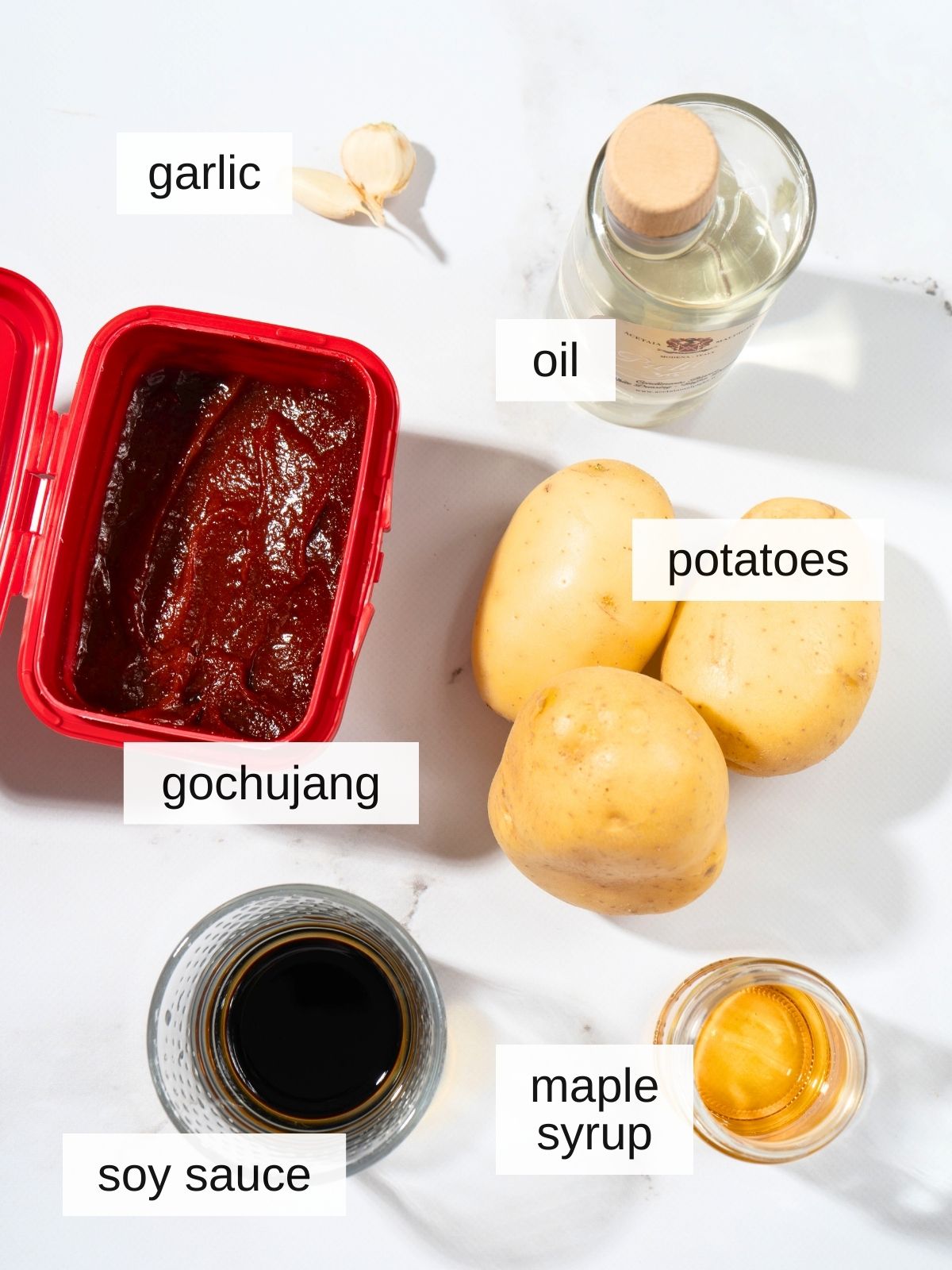
Potatoes: this ingredient is the star of these spicy Korean potatoes - its starchy texture and mild flavor make it the perfect canvas for the spicy gochujang sauce.
Gochujang (Korean Red Chili Paste): this fermented chili paste is the heart and soul of Korean cuisine. It adds a spicy, sweet, and savory flavor to the dish.
Oil: any neutral-flavored oil, such as vegetable, canola, or grapeseed oil, works best for this recipe.
Soy Sauce: this ingredient adds a salty and umami flavor to the dish, balancing out the sweetness of the gochujang.
Garlic Clove: fresh garlic is a must for this recipe. It adds a pungent and aromatic flavor to the dish.
Maple Syrup: this natural sweetener adds a touch of sweetness to the dish, balancing out the spicy and savory flavors.
Rice Vinegar (or White Vinegar): this adds a tangy and acidic flavor to the dish, helping to balance out the sweetness of the maple syrup.
See recipe card for exact ingredients and quantities.
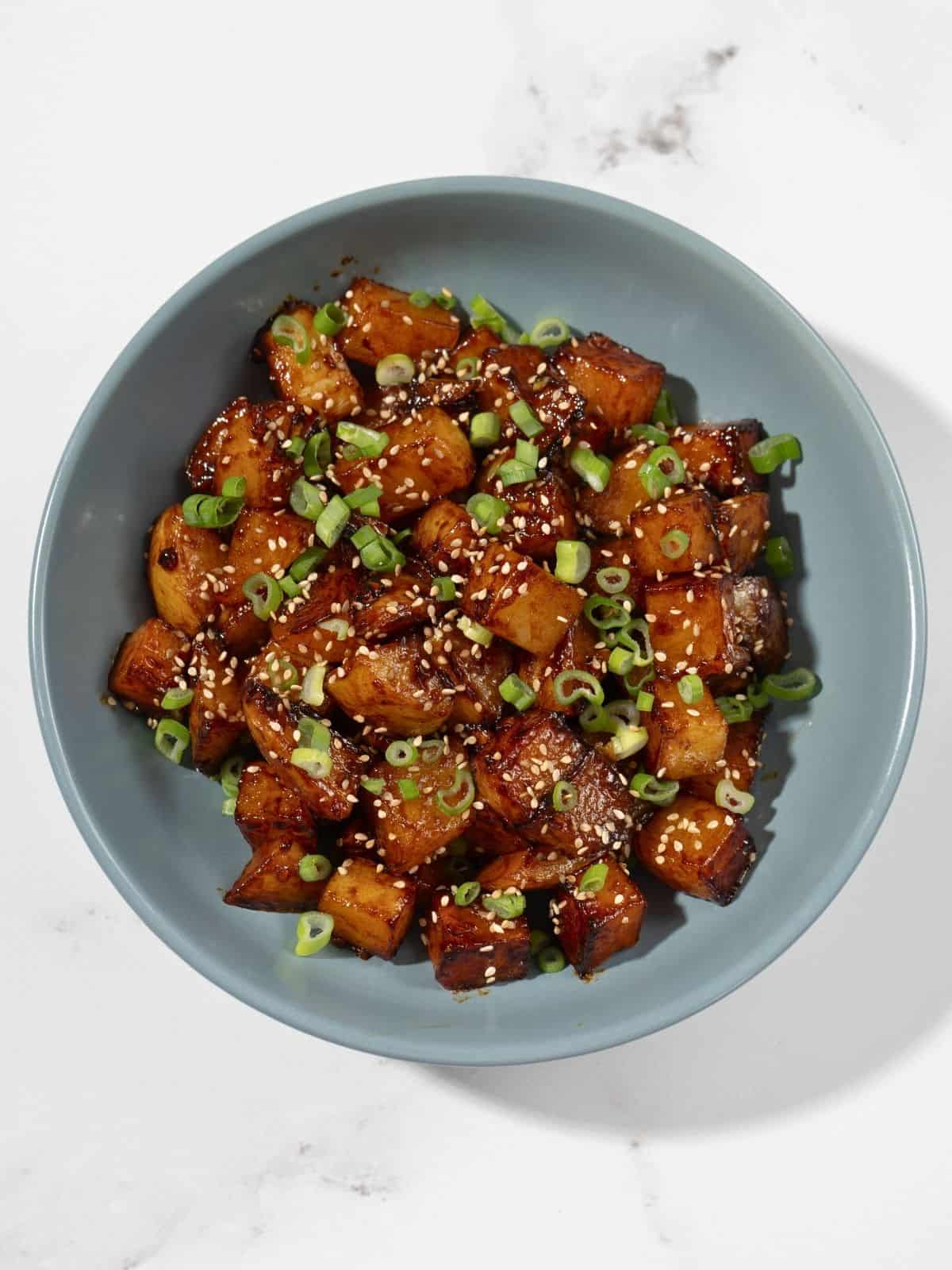
🌟 Substitutions and Variations
- Sweetener - if you don't have maple syrup, you can use honey as a substitute. It will also add a touch of sweetness to the dish.
- Rice Vinegar - if you don't have rice vinegar or white vinegar, you can use apple cider vinegar instead. However, keep in mind that it may alter the flavor slightly.
- Type of Oil - for an additional layer of flavor, you can swap out some of the neutral-flavored oil with sesame oil. This will give the potatoes a nutty and aromatic taste.
Mix it Up - for added texture and flavor, you can add diced bell peppers, onions, and mushrooms to the skillet when cooking the cubed gochujang potatoes.
Adding Meat - if you want to make this dish a main course, you can add ground chicken, beef, sausage, an egg, or tofu to the skillet along with the gochujang sauce. This will create a tasty, protein-packed meal.
Grilled Potatoes - if you prefer a smoky and charred flavor in your potatoes, you can grill them instead of cooking them on the stovetop. Simply toss the diced potatoes in oil and seasonings before grilling until they are tender and lightly browned, though they'll cook faster on the grill.
Also try my gochujang aioli sauce and my gochujang caramel cookies!
🍳 How to Make Gochujang Potatoes (Step-by-Step)
Step 1) In a small bowl, whisk together the gochujang, soy sauce, minced garlic, maple syrup, and rice vinegar until well combined (images 1 & 2).
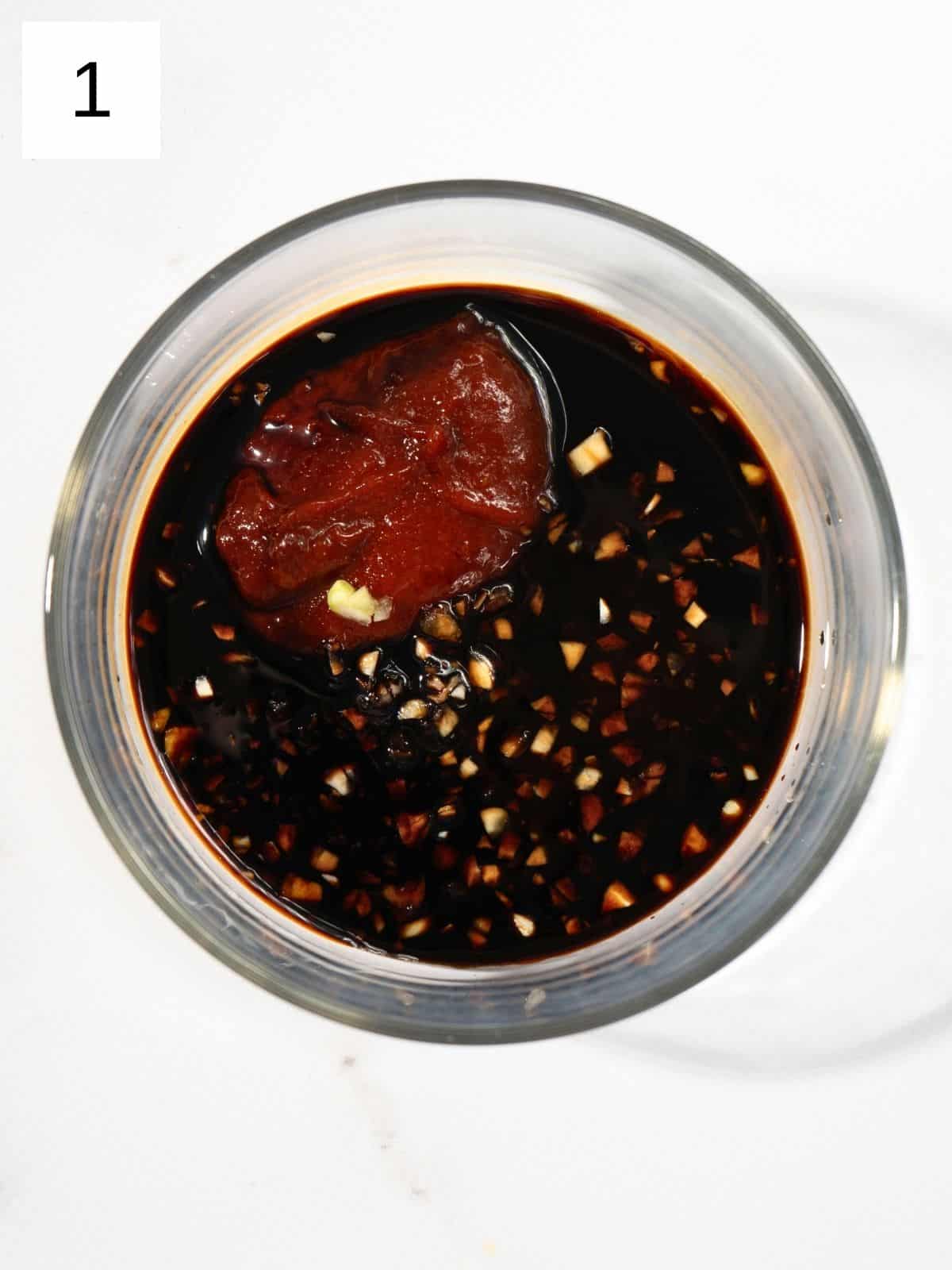
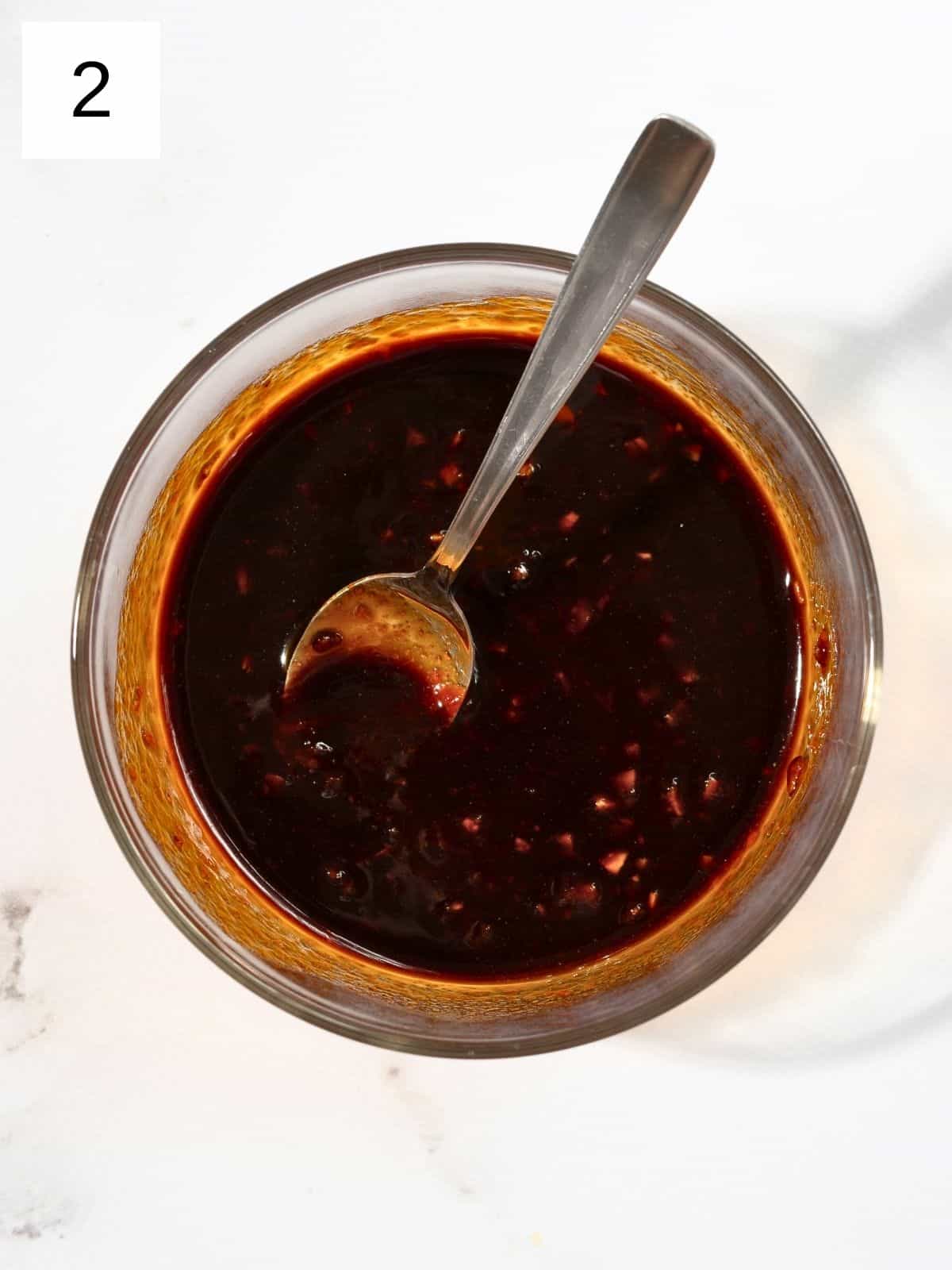
Step 2) Heat the oil in a large skillet over medium heat and add the diced potatoes to the skillet and cook, stirring occasionally, until they are fully cooked but not yet browned, about 12 to 15 minutes (image 3).
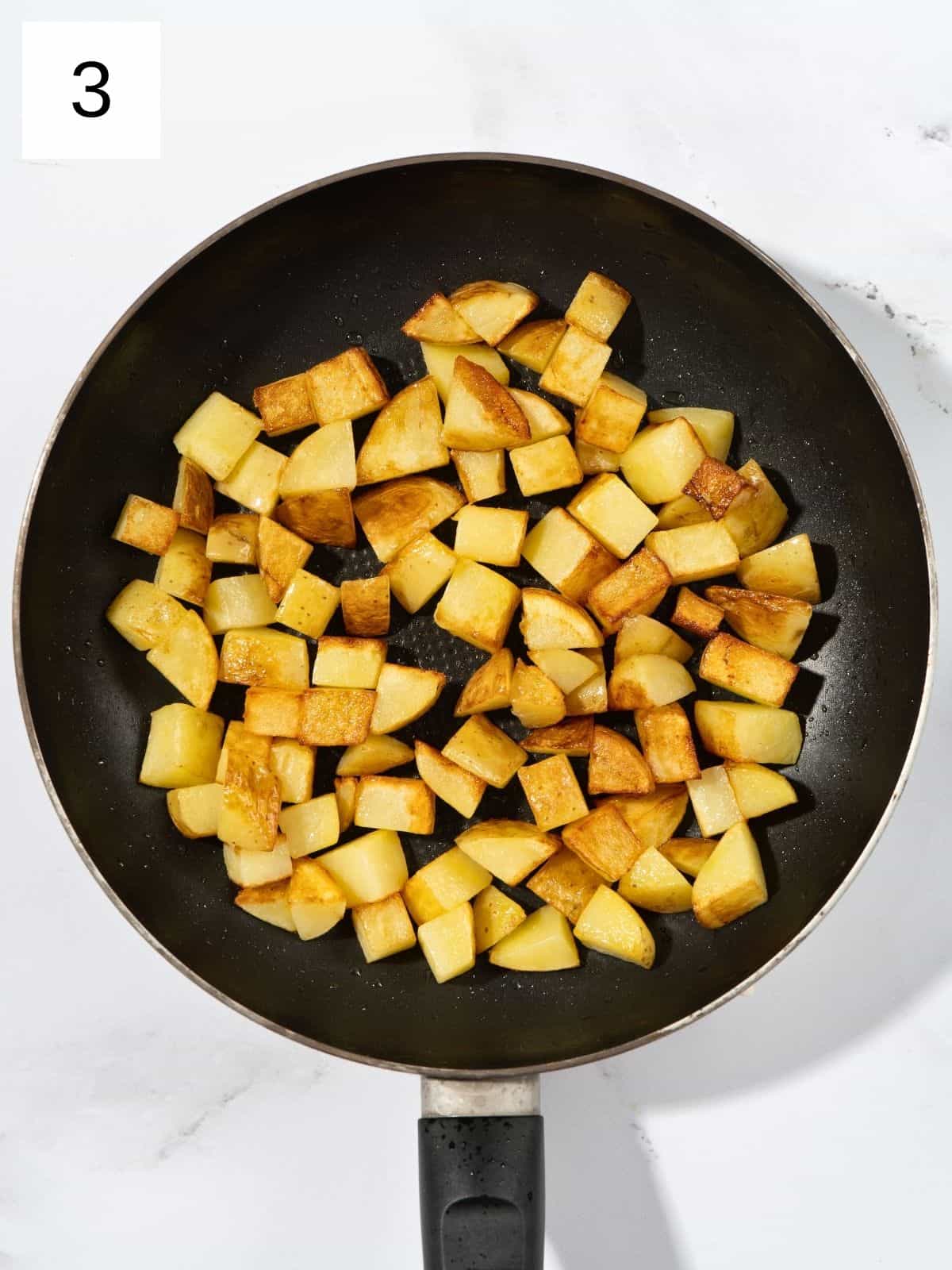
Step 3) Pour the gochujang mixture over the potatoes in the skillet, stirring to coat the potatoes evenly (image 4).
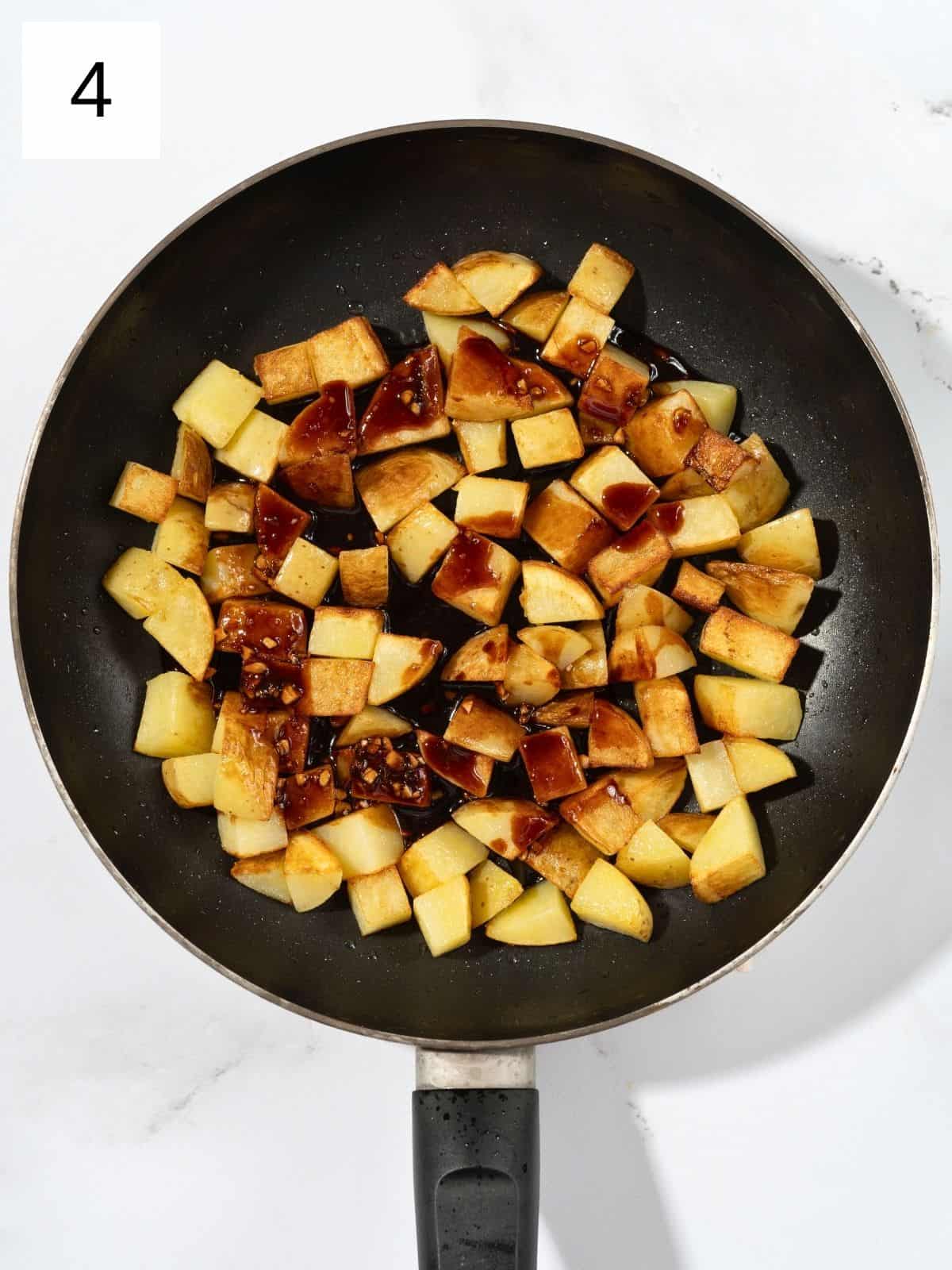
Step 4) Reduce the heat to medium-low and continue to cook for an additional 7 to 10 minutes, allowing the sauce to thicken and the flavors to meld (images 5 & 6).
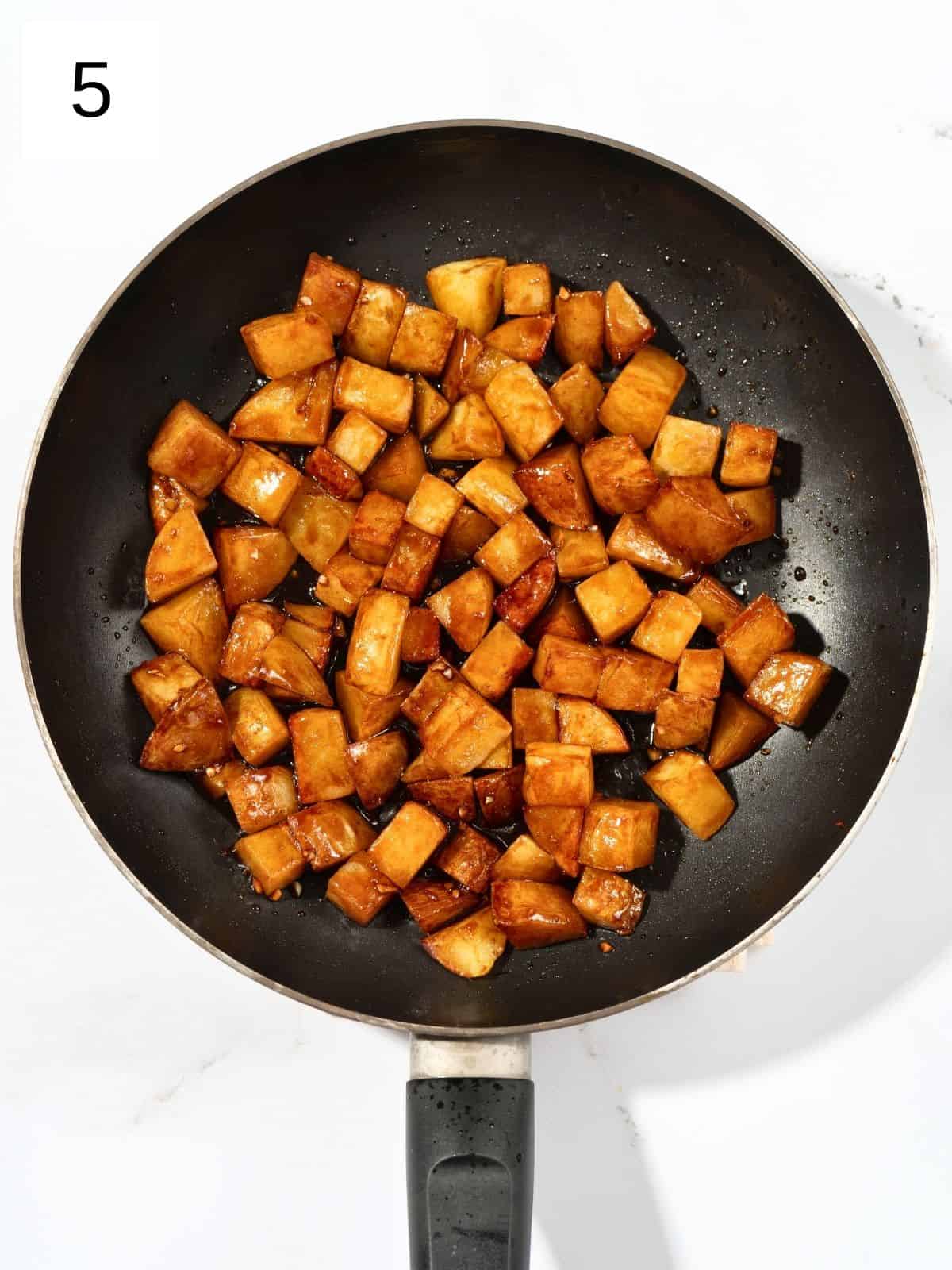
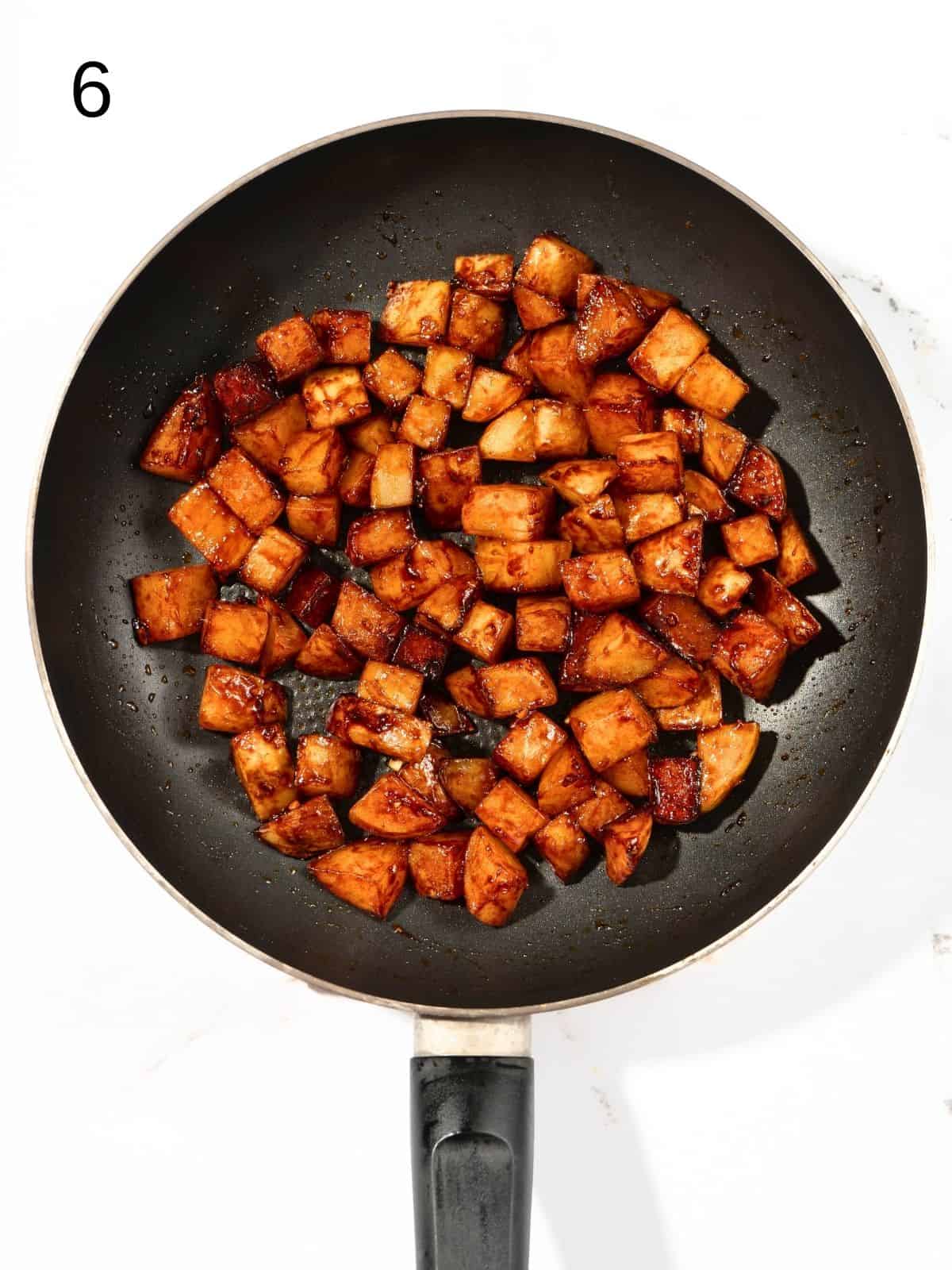
Step 5) Remove the skillet from the heat and let the potatoes cool slightly, topping with sliced green onions and sesame seeds when ready to serve.
Pro-Tip
Make sure to taste the potatoes before serving and adjust the seasoning if needed by adding more gochujang, soy sauce, or maple syrup, according to your preference.
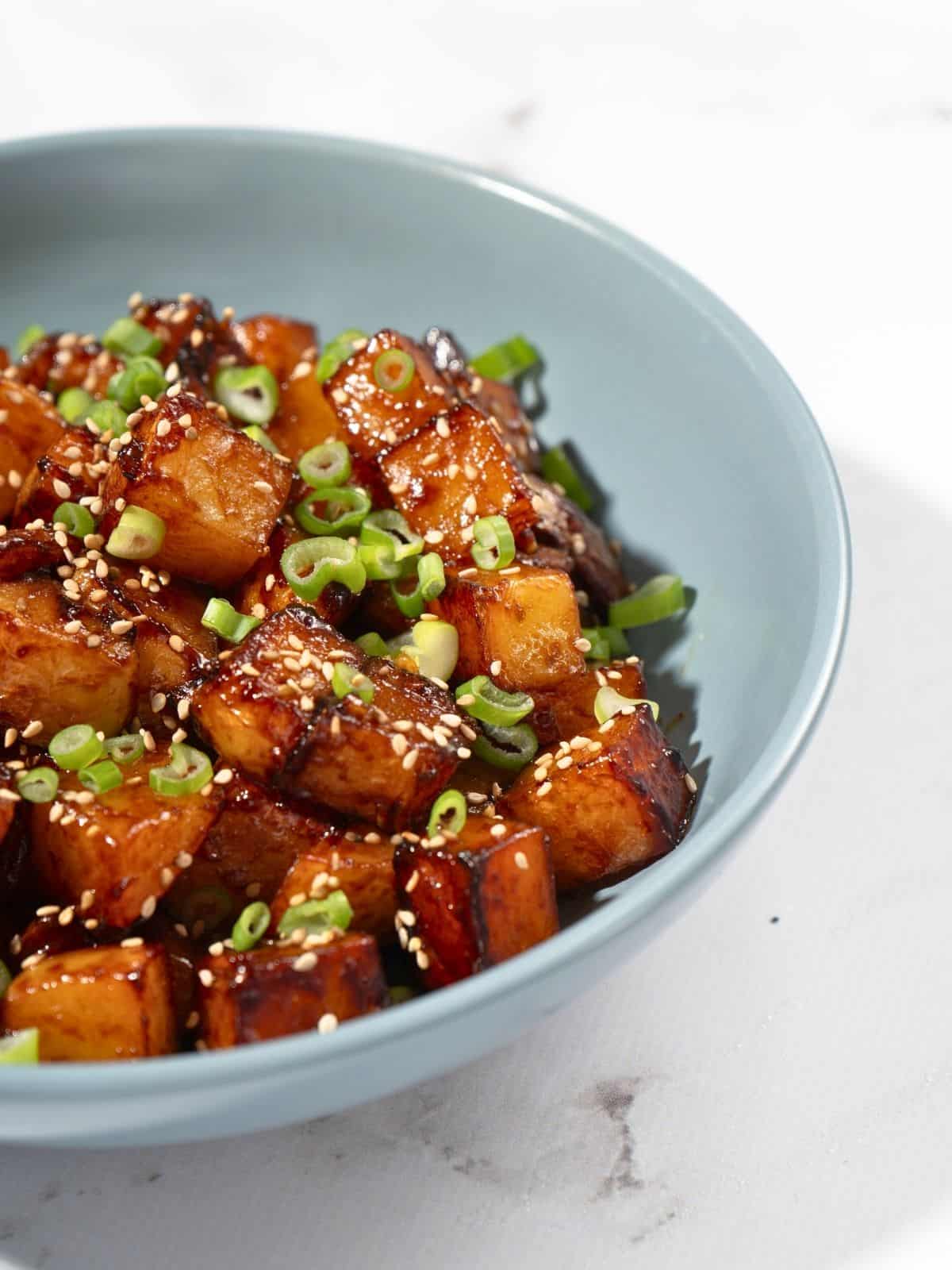
🥘 Storage and Reheating
Crispy gochujang potatoes are best served fresh, but leftovers can be stored in an airtight container and refrigerated for up to 3 days. To reheat, simply warm the potatoes in the microwave or in a skillet on the stovetop until heated through. You may need to add a splash of water or oil to prevent them from drying out.
👨🏻🍳 Expert Notes & Tips
Extra Crispy Potatoes: For a crispier texture, you can cook the potatoes on high heat for the last 5 minutes.
Hotter Potatoes: Adjust the spice level by adding more or less gochujang according to your taste preference, or using a higher or lower spice level of gochujang.
Spicy Side Dish: These gochujang potatoes make a great side dish for grilled meats and Korean BBQ, tofu, or as part of a Korean-inspired meal.
Serving Upgrades: Garnishing with green onions and sesame seeds adds a nice touch of freshness and crunch to the dish, ideally added just before serving, even if reheated.
❓ Other Recipes With Gochujang
🙋 Frequently Asked Questions
Yes, you can certainly experiment with different varieties of potatoes. Sweet potatoes, Yukon golds, or even red potatoes can all work well in this dish, each bringing its own unique flavor and texture.
While this stovetop gochujang potatoes recipe is best enjoyed fresh, you can prepare the cubed potatoes and the gochujang sauce in advance. Store them separately in the refrigerator and combine the two when you're ready to cook to ensure maximum flavor and texture.
To make this dish more kid-friendly, reduce the amount of gochujang used in the recipe and adjust the seasoning level to your child's taste.
📖 Recipe
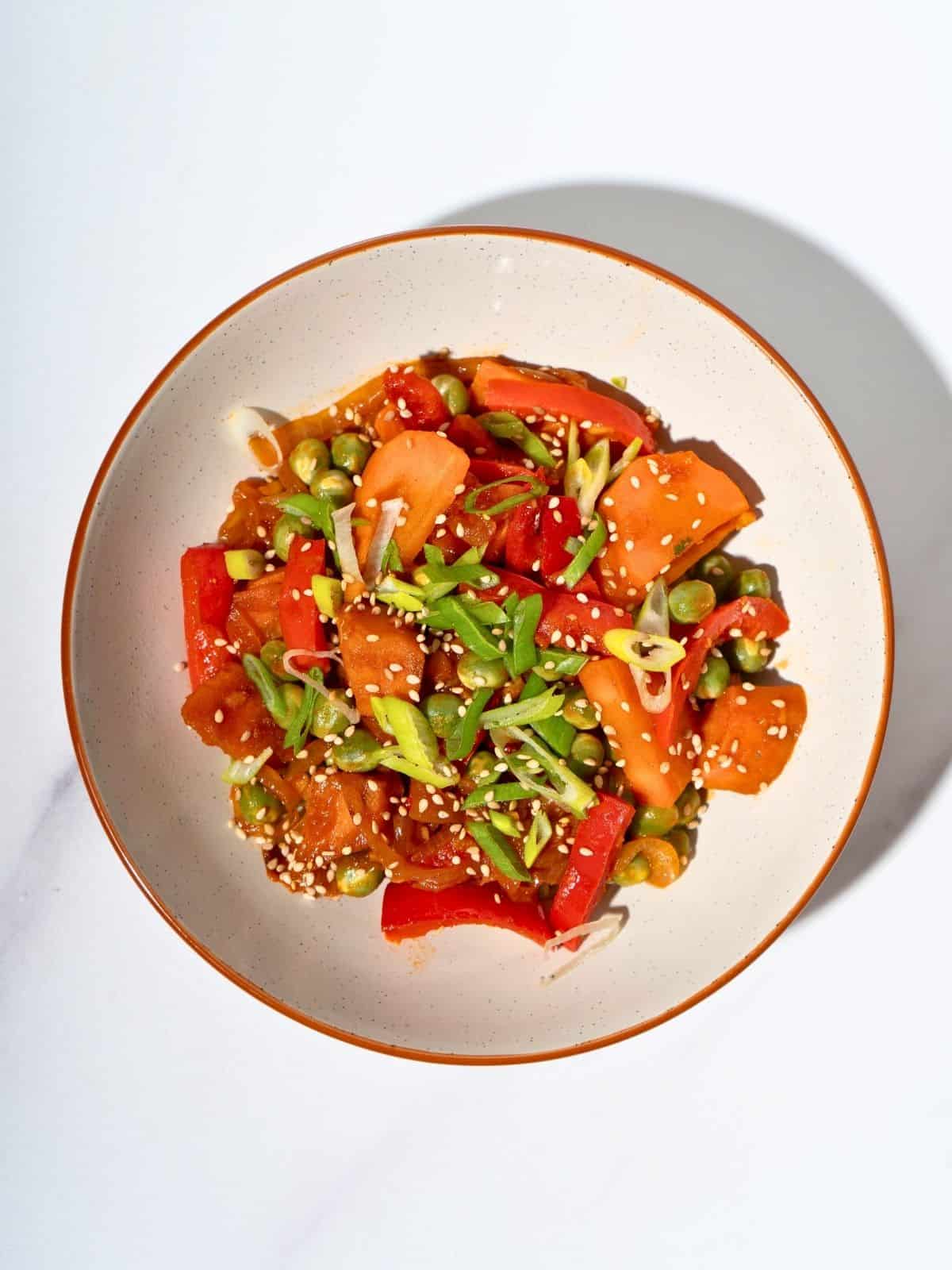
Gochujang Stir Fry Vegetables
Ingredients
- 1 medium sweet potato about 1 cup or 200g, peeled and diced
- 1 medium onion sliced
- 1 cup carrots 150g (fresh or frozen), sliced
- 1 bell pepper any color (or 1 medium zucchini), sliced
- 2 cloves garlic minced
- 1 teaspoon fresh ginger 5g, minced
- 2 tablespoons gochujang (Korean chili paste) 30g
- 2 tablespoons soy sauce 30 mL
- ½ teaspoon salt
- 1 cup frozen peas 150g
- 2 green onions both whites and greens chopped (for garnish)
- 1 tablespoon sesame seeds 10g, as garnish
- 2 tablespoons sesame oil 30 mL
Instructions
- In a large skillet or wok, heat the sesame oil over medium heat. Once hot, add the diced sweet potato and sauté for about 5 minutes, until it starts to soften.
- Add the sliced onion and continue to cook for another 3 minutes, stirring occasionally, until the onion becomes translucent.
- Toss in the sliced carrots and bell pepper (or zucchini) and stir-fry for about 5 minutes, or until they begin to soften.
- Add the minced garlic and ginger to the skillet, stirring well to combine. Cook for an additional 1-2 minutes until fragrant.
- Add gochujang, soy sauce, salt and a splash of water and toss to coat everything evenly.
- Add the frozen peas and stir well, cooking for another 2-3 minutes until everything is heated through and well combined.
- Remove from heat and serve warm, garnished with chopped green onions and sesame seeds.

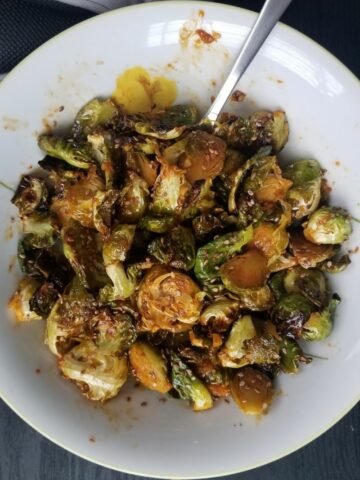
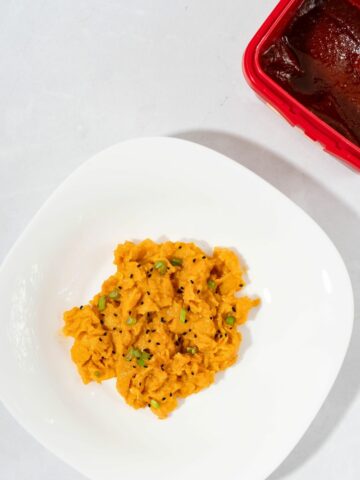
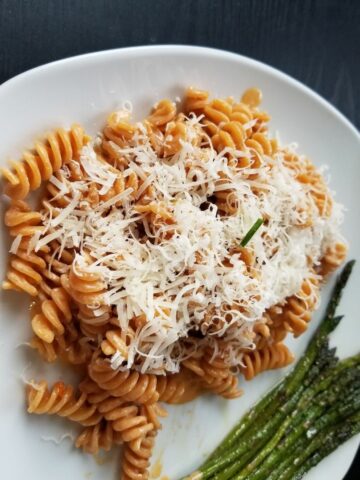
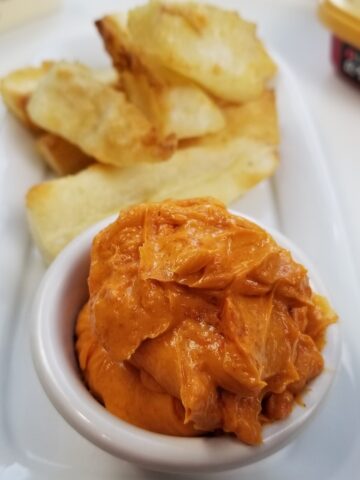

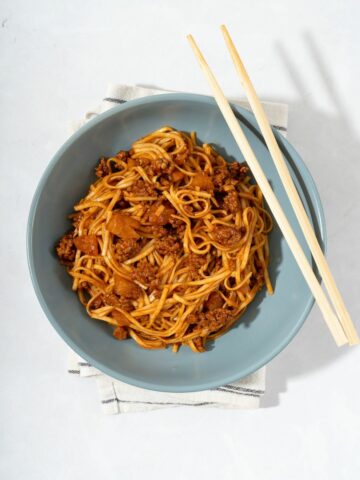
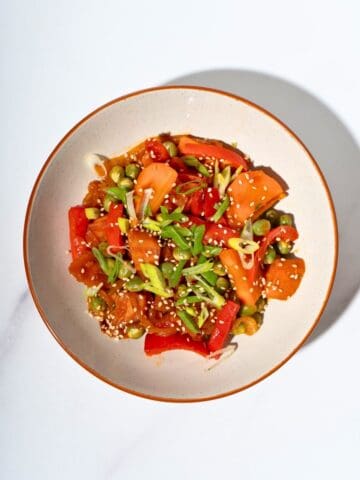
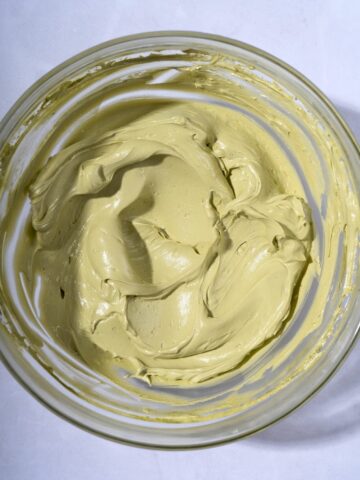
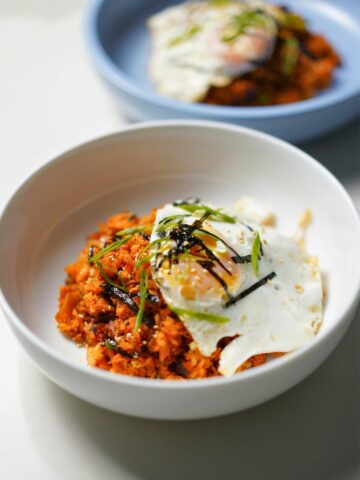
Comments
No Comments